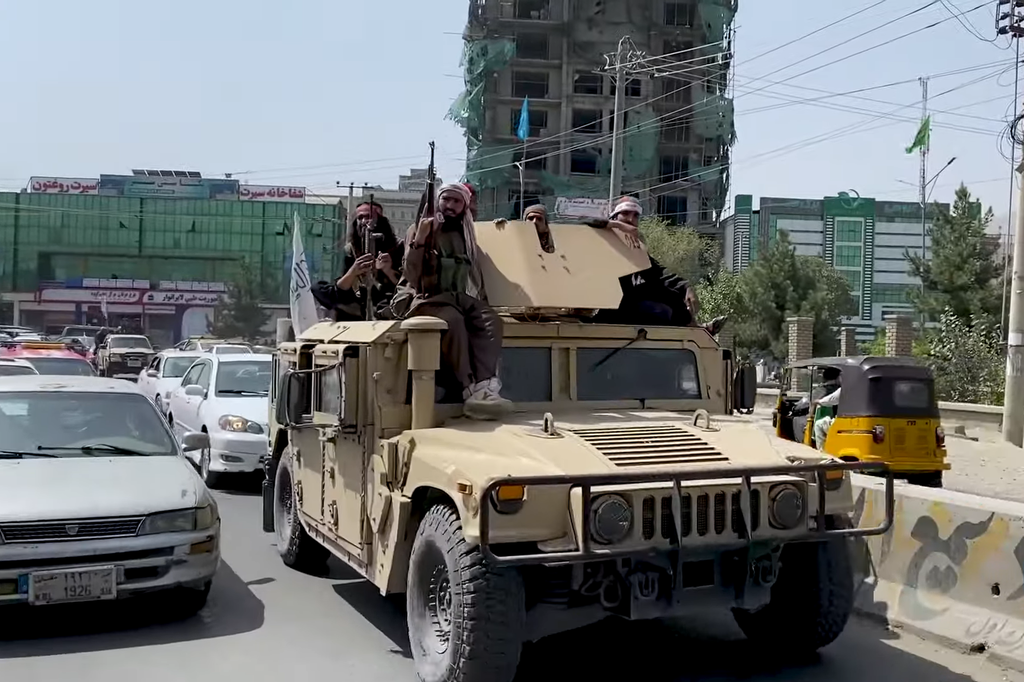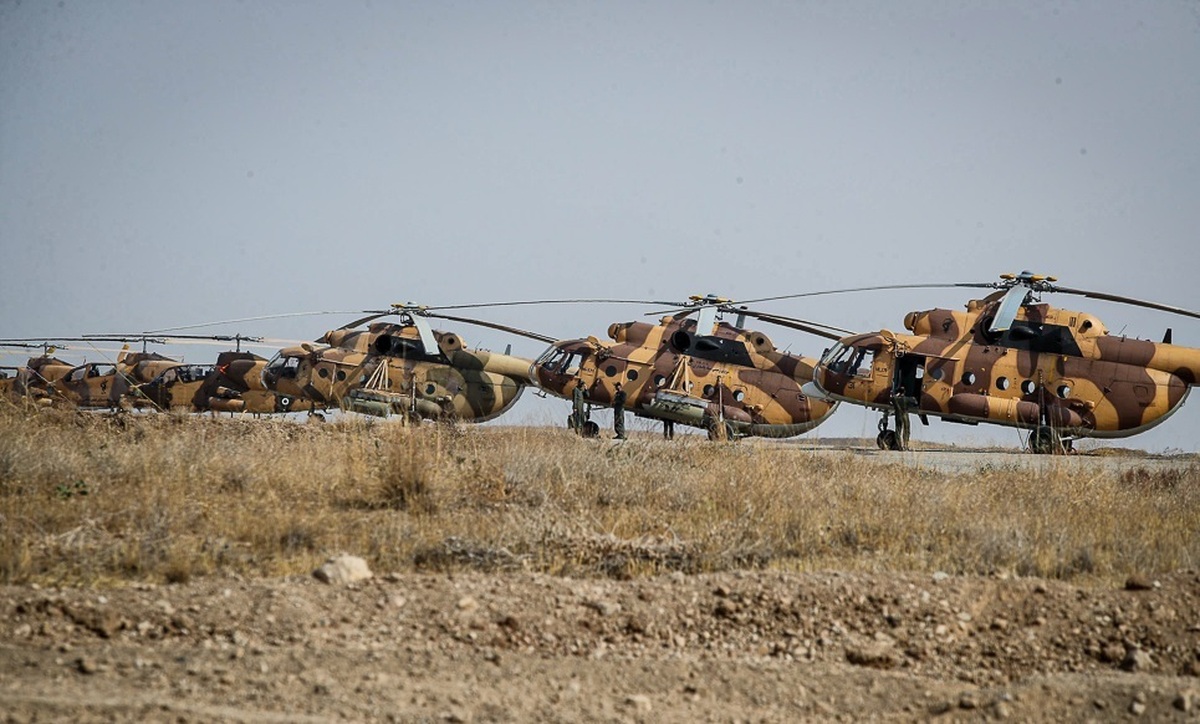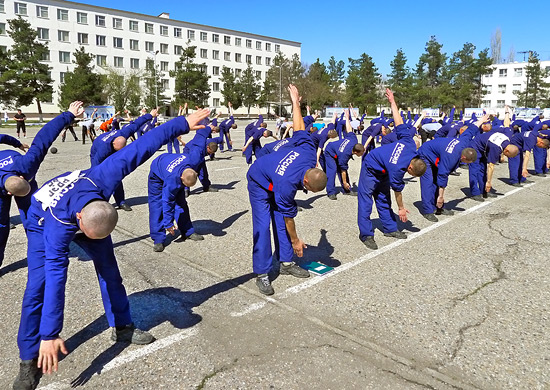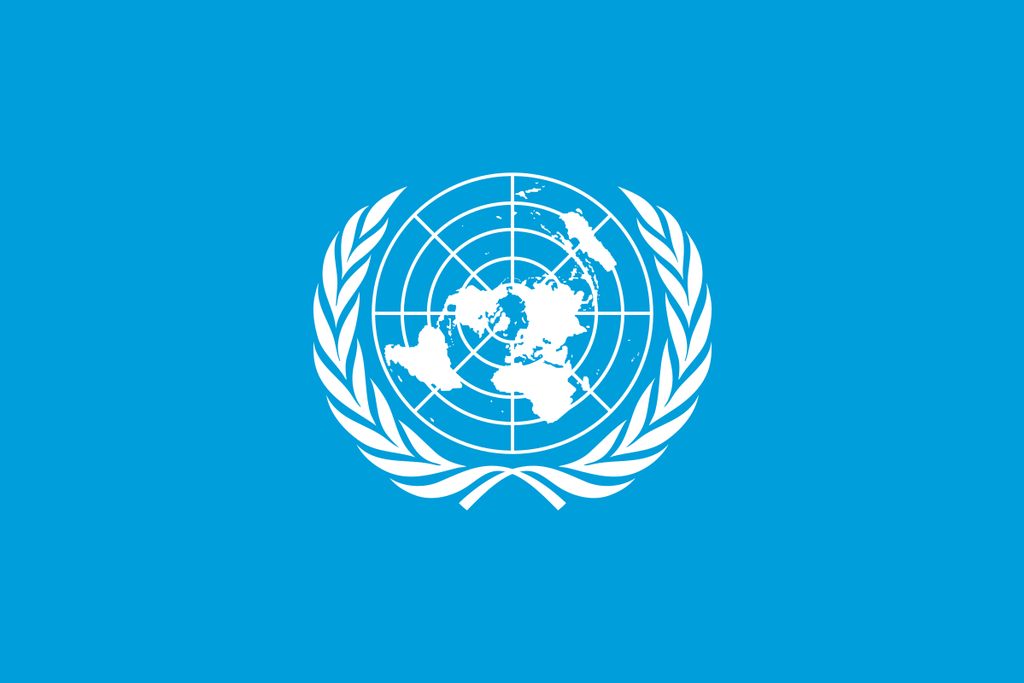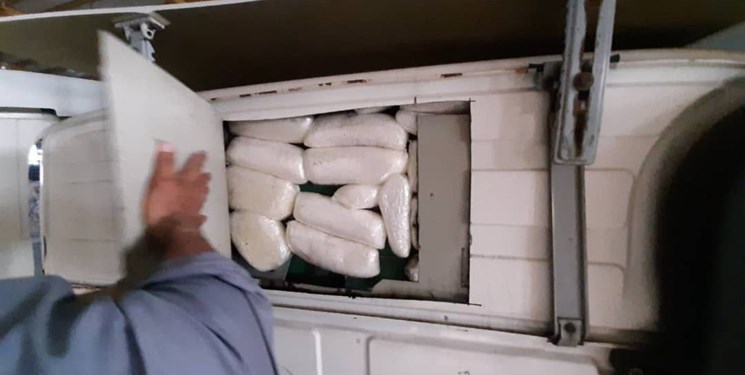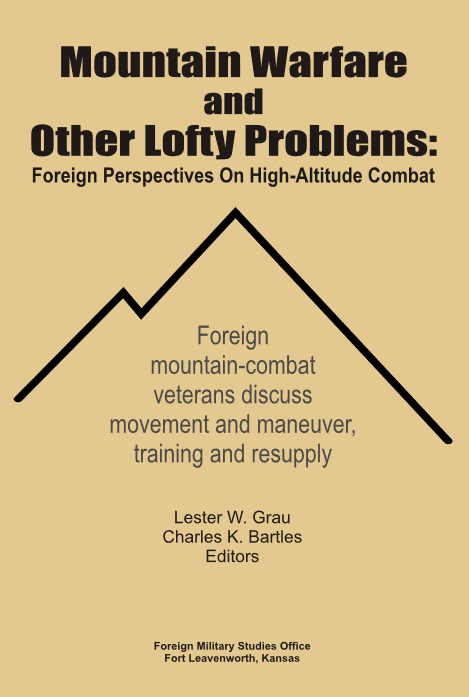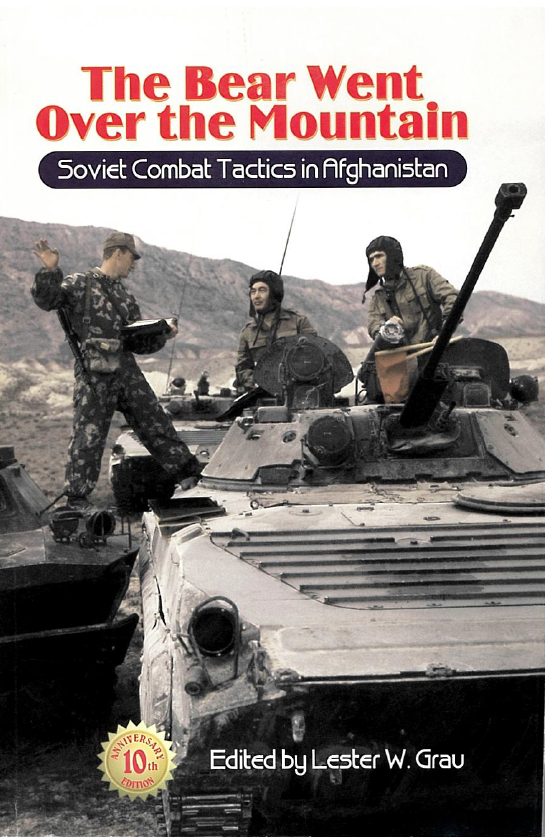“The length of this wall is extensive, and it takes time, but these security plans are being implemented at the border with the cooperation of the caretaker government.”
As border tensions between Iran and neighboring Afghanistan continue, Tehran has started building a border wall. Per the excerpted article by the Iranian state broadcaster IRIB, Brigadier General Kiumars Heydari of the Iranian Army’s ground forces visited the Iran-Afghanistan border on 11 September, where the army’s engineering units are building the “physical blockade.” This news comes as Iran struggles with an influx of Afghan refugees, drug trafficking, and border disputes.
According to the second excerpted article by IRGC-affiliated Tasnim News Agency, the Supreme Leader Ayatollah Ali Khamenei and the Supreme National Security Council support the 330-kilometer wall being built in Razavi Khorasan province, reinforcing how the project is a critical national security issue. The border wall, which is in collaboration between the IRGC and the Army, has been a topic of discussion for months. In February, the brigadier general declared, “We intend to block our borders, and no one can object why we erect a fence near their border. This is not unjust to neighboring countries, as it is common practice in all countries,” an indirect reference to Pakistan’s border wall with Afghanistan.[i] At the time, Interior Minister Ahmad Vahidi described it as “not a wall” but a “border blockade that is being pursued according to the plan.”[ii]
Iran appears to be being building the border wall for several national security reasons. Since the Taliban took over Afghanistan in 2021, tensions have been at an all-time high between the eastern neighbors over the Helmand River, which flows from Afghanistan into Iran, leading to numerous clashes on the border and political tensions.[iii] However, the second excerpted article states, “these security plans are being implemented at the border with the cooperation of the caretaker government,” referring to the Taliban, which Tehran doesn’t recognize.
At the same time that it is building this wall, Iran is now the largest host for refugees in the world, with the majority coming from Afghanistan, though Tehran has expelled approximately 100,000 refugees since the beginning of the year.[iv] While drug smuggling has always been a contentious issue, Iranian officials are also thinking about the reality that its eastern neighbor is now host to an array of terrorist groups—including the Islamic State of Iraq and al-Sham-Khorasan Province and al-Qaeda—raising concerns about their potential to launch attacks into Iran.
With anti-Afghan sentiment at an all-time high in Iran, Tehran’s building of a border wall may appease some Iranians. Nevertheless, this project demonstrates the complex relationship between Tehran and Kabul since the Taliban takeover and how Iran has evolved its thinking about its national security to prevent further escalation.
Sources:
“بازدید فرمانده نیروی زمینی ارتش از طرح انسداد مرزهای شرقی (Visit of the commander army ground forces to the plan to block the eastern border),” Islamic Republic of Iran Broadcasting (state broadcaster), 11 September 2024. https://www.iribnews.ir/00IA6v
According to IRIB, the commander of the army’s ground forces, during his trip to the eastern borders of the country, visited this morning the construction sites where Iran-Afghanistan border is being physically blocked by army engineering units.
During the visit, he inspected the progress of the project and reviewed the activities of the army’s engineering combat units involved in the construction. The visit also included assessments of the military and operational readiness of soldiers stationed along the border, with a focus on enhancing security measures in the region.
Amir Brigadier General [Kiumars] Heydari also visited the bases of the 277th Mobile Assault Brigade of Shahid Tolaei in order to check the military and operational preparations of the soldiers and had a conversation with them at the border’s zero point.
The deputy commander of the Northeast Regional Headquarters, the commander of the 77th Division of Saman Al-Aimeh/Eighth Imam Division, the commander of the 277th Mobile Assault Brigade, and Shahid Tolaei Brigade, accompanied Brigadier Heydari on this visit and business trip.
The project of physical blocking the eastern borders of the country for a length of 330 km in Razavi Khorasan is being implemented by four engineering brigades.
The Islamic Republic of Iran shares a 945-kilometer common border with Afghanistan, where the provinces of Razavi Khorasan, South Khorasan, and Sistan and Baluchistan are situated.
Source:
“جزئیات انسداد فیزیکی مرز با افغانستان
(Details of the physical blockade of the border with Afghanistan),” Tasnim News Agency (IRGC), 13 September 2024. https://tn.ai/3155310
According to the foreign policy correspondent of Tasnim [News Agency], Hassan Kazemi Qomi, the acting head of the Iranian embassy in Afghanistan, explained in a discussion regarding the plan to physically block the border with Afghanistan: We in Afghanistan with the caretaker government have the same border security issue, which is the issues of fighting terrorism, drug trafficking, and similar issues.
He added: One of the issues is that the caretaker government supports the plan to physically block the border. The work has already begun along the border of Afghanistan and Pakistan, and fortunately it is in line with the directives of the Supreme National Security Council and orders of the Supreme Leader, as commander-in-chief.
The special representative of the president for Afghanistan affairs stated: The general staff of the armed forces started this movement in collaboration with the IRGC and the army of the Islamic Republic of Iran. Of course, the length of this wall is extensive, and it takes time, but these security plans are being implemented at the border with the cooperation of the caretaker government.
Notes:
[i] “Iran Insists On Its Right To Block Borders With Afghanistan,” Iran International, 16 February 2024. https://www.iranintl.com/en/202402167106.
[ii] Ibid.
[iii] Christina Goldbaum, “At Least Three Are Killed in Clashes on Iranian-Afghan Border,” New York Times, 28 May 2023. https://www.nytimes.com/2023/05/28/world/asia/afghanistan-iran-border-clashes.html
[iv] Ayaz Gul, “Taliban: Pakistan, Iran expelled over 400,000 Afghan refugees so far in 2024,” VOA, 10 June 2024. https://www.voanews.com/a/taliban-pakistan-iran-expelled-over-400-000-afghan-refugees-so-far-in-2024/7650196.html

